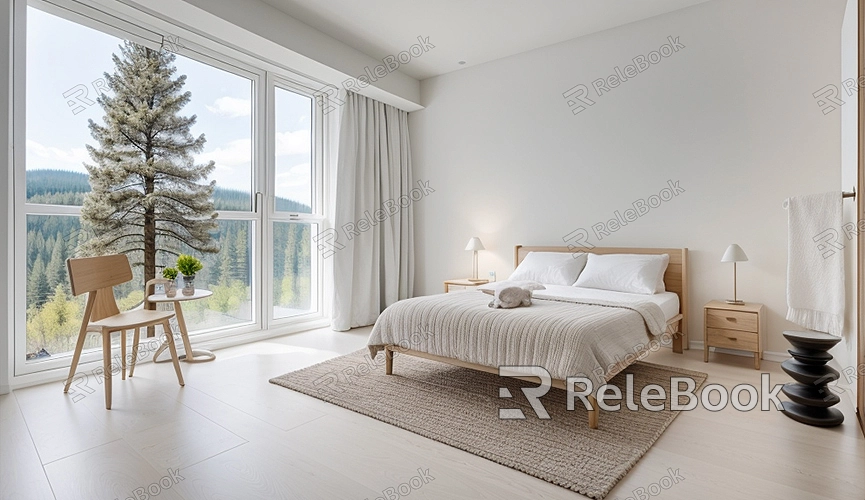How Many Objects Can Blender Render
Blender, renowned for its powerful 3D modeling and rendering capabilities, is beloved by 3D artists and animators worldwide. When using Blender for creative projects, a common question arises: how many objects can Blender render? This article explores this question from various angles and provides optimization tips to help you navigate the creative process more effectively.
Blender's Basic Limits on Rendering Objects
In theory, Blender doesn't have a fixed limit on the number of objects it can render. However, several factors affect the actual number of objects you can render, including hardware performance, scene complexity, and rendering settings. Here are the primary influencing factors:

1. Hardware Performance
- CPU: The number of cores and frequency directly impact rendering speed. A powerful CPU can handle more computational tasks, thus rendering more objects.
- Memory (RAM): Memory capacity determines how much data Blender can handle simultaneously. High RAM capacity ensures stable performance when dealing with numerous objects and details.
- Graphics Card (GPU): GPU performance is crucial for real-time previews and final rendering. A high-performance GPU significantly speeds up rendering and supports more objects and complex scenes.
2. Scene Complexity
- Polygon Count: The number of polygons in scene objects affects the computational resources required for rendering. High polygon counts per object strain system resources, even with a small number of objects.
- Textures and Materials: Complex textures and materials demand more memory and computational resources. Scenes with high-resolution textures and intricate material setups increase rendering overhead.
3. Rendering Settings
- Resolution: Higher rendering resolutions require more computational resources and time. To render more objects, lowering the resolution can alleviate system strain.
- Sampling Count: Higher sampling increases image quality but also extends rendering time. When dealing with many objects, reducing sampling can enhance rendering efficiency.
Optimizing Blender for Rendering More Objects
To render more objects efficiently in Blender, consider implementing these optimization strategies:
1. Use Instancing
Instancing is an effective method to reduce memory usage and computational load. In Blender, you can create instances of an object that share the same geometry data, significantly reducing memory footprint. This allows you to render thousands of objects without increasing system burden.
2. Reduce Polygon Count
Simplifying object geometry by reducing unnecessary polygons can greatly improve rendering efficiency. Blender's built-in Decimate modifier allows quick polygon reduction without significant visual compromise.
3. Optimize Textures and Materials
Using lower-resolution textures or optimizing texture maps reduces memory usage and computational load. Additionally, simplifying material nodes and avoiding overly complex material networks enhances rendering efficiency.
4. Tile Rendering
For extremely complex scenes, adopt tile rendering techniques to divide the scene into smaller segments for rendering. This method leverages the parallel computing capabilities of multi-core CPUs and GPUs, thereby improving rendering efficiency.
Blender, as a robust 3D creation tool, can render a substantial number of objects within the limits of your hardware. By optimizing hardware configurations, simplifying scene complexity, and adjusting rendering settings, you can significantly enhance Blender's rendering efficiency to support more objects and complex scenes. For high-quality 3D textures, HDRI, or downloadable 3D models for your modeling and virtual scene creation needs, you can download them from Relebook and seamlessly integrate them into your projects.

